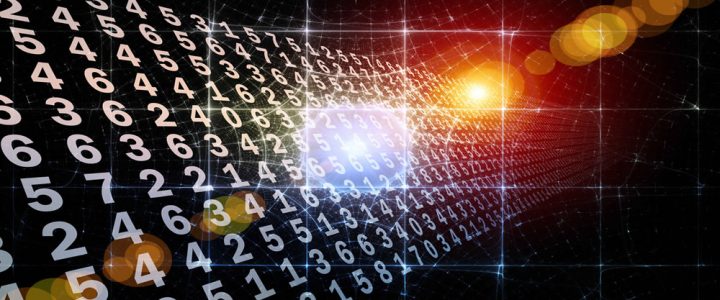| 1 YEAR |
1 semester | 6 CFU |
| Marco Ceccarelli | A.Y. 2021-22 to 2024-25
A.Y. 2025-26 new name: 80300216 MECHANICS OF SYSTEMS FOR SIMULATIONS |
| Code: 803000062 SSD: ING-IND-13 (by Engineering Sciences) |
OBJECTIVES
LEARNING OUTCOMES: The course aims to teach students the knowledge and tools that are needed to address the issues that are related to the identification, modeling, analysis, and design of multi-body planar systems in English language and terminology
KNOWLEDGE AND UNDERSTANDING: modeling and procedures to recognize the structure and characteristics of mechanisms and machines
APPLYING KNOWLEDGE AND UNDERSTANDING: acquisition of analysis procedures for the understanding of kinematic and dynamic characteristics of mechanisms and machines
MAKING JUDGEMENTS: possibility of judging the functionality of mechanisms and machines with their own qualitative and quantitative assessments
COMMUNICATION SKILLS: learning technical terminology and procedures for presenting the performance of mechanisms
LEARNING SKILLS: learning technical terminology and procedures for the presentation of the performance of mechanisms
PREREQUISITES: knowledge of basic mechanics of rigid bodies and computation skills
SYLLABUS
Structure and classification of planar mechanical systems, kinematic modeling, mobility analysis, graphical approaches of kinematics analysis, kinematic analysis with computer-oriented algorithms; dynamics and statics modeling, graphical approaches of dynamics analysis, dynamic analysis with computer-oriented algorithms, performance evaluation; elements of mechanical transmissions.
BOOKS:
Lopez-Cajùn C., Ceccarelli M., Mecanismos, Trillas, Città del Messico
Shigley J.E., Pennock G.R., Uicker J.J., “Theory of Machines and Mechanisms”, McGraw-Hill, New York
Handnotes and papers by the teachers
 UNIVERSITA' DEGLI STUDI ROMA "TOR VERGATA"
UNIVERSITA' DEGLI STUDI ROMA "TOR VERGATA"







